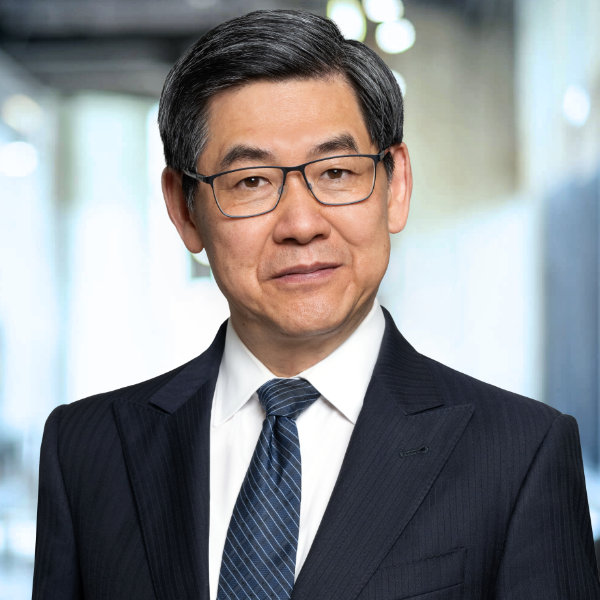News & Updates

RCE and Excess Claim Fees Coming to Canada – On October 3, 2022
July 02, 2022
The Government of Canada on June 22nd published in Canada Gazette the final text of the amendments to Canada’s Patent Rules. The amendments introduced a number of important changes to Canada’s patent regime. Among these changes, two of them will have an important impact on all patent applications in Canada in the future. One is the introduction of excess claim fees. The other is the introduction of RCE (Request for Continued Examination) requirements. Both are further explained below.
Currently, the number of claims in a patent application, whether only 3 claims or 300 claims, does not change the examination fee an applicant must pay to the government. This will change from October 3, 2022.
When the new Rules come into force, excess claim fee will be charged for any claims in excess of 20 claims. Unlike in some jurisdictions such as the U.S., when counting the number of claims, each multiple dependent claim is counted as only one claim. Additionally, if a claim defines the claimed subject matter in the alternative, it is also counted as a single claim for the purposes of calculating excess claim fee. Furthermore, an independent claim is counted the same way as a dependent claim.
The excess claim fee will be payable at the time of requesting examination. At the time of paying the final fee, excess claim fee will be evaluated again, based on total number of claims at any time during examination. Any deficiencies in the excess claim fee already paid will be payable when the final fee is paid. This requirement on counting claims “at any time” during examination can significantly increase the excess claim fee payable, as will be further explained below.
Another significant change is the introduction of RCE requirement. After requesting examination, if the applicant is unable to obtain allowance with no more than two office actions, any response to the third office action must be accompanied with a request for continued examination (“RCE Request”) and the payment of RCE fee. Currently, the RCE fee is the same as the examination fee. Subsequent to the first RCE Request, the applicant will be required to make RCE Request and pay RCE fee every second office action until the application is allowed, or abandoned.
As noted, the excess claim fee is calculated based on number of claims “at any time” during examination, i.e., the maximum number of claims during examination, even if there were no more than 20 claims at the time of requesting examination or no more than 20 allowed claims. This can be illustrated with a simple example. Suppose that there were 21 claims at the time of requesting examination. One claim will be subject to excess claim fee when requesting examination. During examination, suppose 5 claims were added, but eventually 7 dependent claims were cancelled and their features were incorporated into independent claims, resulting in a total of 19 claims when the application is allowed. Although there are only 19 allowed claims, there were 26 claims at one point during examination. Therefore, the excess claim fee will be based on 26 claims, not 21 claims at the time of requesting examination nor 19 claims at the time of paying the final fee. An additional excess claim fee for 5 additional claims added during examination must be included in the final fee. Thus, one should keep in mind during examination the total number of claims at any time if one wish to avoid potential excess claim fees payable when the application is allowed.
As to the RCE requirement, a clear consequence is the increase of prosecution costs for applicants. Currently, in Canada, it is not uncommon for an application to have 4 or 5 office actions before it is allowed. With the introduction of new Rules, additional costs associated with one or more RCE Requests will have to be added to the total prosecution cost in such scenarios.
But, more problematic for applicants is when the RCE practice and excess claim fees are combined with double patenting regime in Canada and the lack of continuation practice. There is no continuation practice in Canada, nor is there a terminal disclaimer practice like that in the United States. Claims in a divisional application must be patently distinct from claims in its parent application (or any sibling applications) to avoid a double patenting objection from an examiner. The exception is when the claims are directed to a group of claims in the parent application that were subject to the examiner’s restriction requirements (i.e., objection for lack of unity) and were divided out from the parent application. It is therefore common for applicants in Canada to include claims directed to all aspects of the claimed subject matter in the initial set of claims, and then prosecute each group of claims in separate divisional applications that are filed in response to restriction requirements from an examiner. Under the new regime, this would cost one office action to invoke an objection for lack of unity and also could increase the number of claims, at least at one time during examination, thus resulting in excess claim fee in the parent application. Some strategic consideration to deal with this issue, i.e., how to present the first set of claims so as to maximally avoid double patenting objection and to minimize excess claim fee payable in the parent application, will be required.
According to transitional provisions in the amended Rules, excess claim fees and RCE requirements will not apply to pending applications if examination is already requested and the examination fee is already paid before the new Rules come into force. It is therefore worthwhile to consider requesting examination as soon as possible if there is no other strategic considerations to delay examination. Additionally, if filing of new applications is planned for Canada, we also recommend that these applications be filed before October 3, 2022 and examination be requested at the same time, to avoid the application of the new Rules.
For any questions regarding the new Rules, or any other amendments introduced by the new Rules, please contact Dr. Sean X. Zhang for further information, who may be reached by e-mail at szhang@dalelessmann.com or by phone at 416-369-7807.
Tags: Intellectual Property

